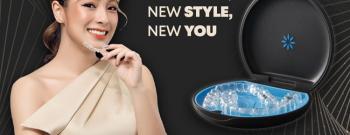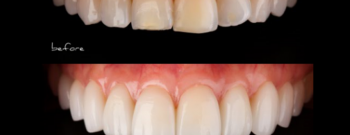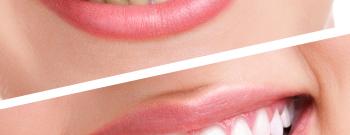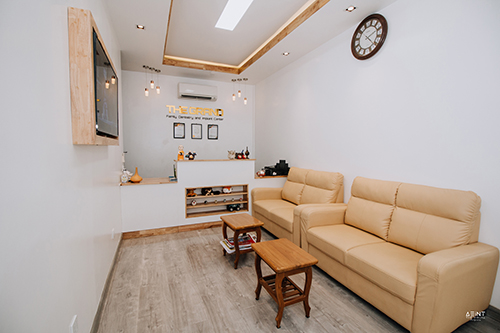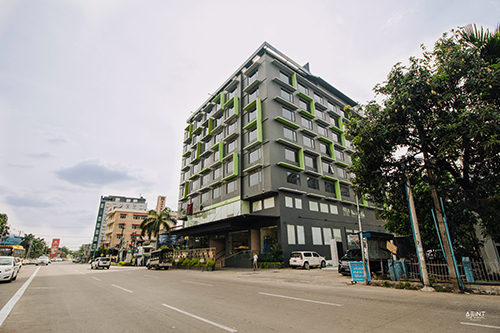
The most popular kind of “white filling” is called a Composite filling. It is made up of a composite quartz resin (glass and porcelain) and usually contains some sort of light sensitive agent that is used during curing. They are the ideal alternative to amalgam (silver) fillings because they are far more attractive and very durable. In the past, these white fillings may be placed only on front teeth. But nowadays, as these composite materials have been specifically designed and improved to be able to survive the pressure of grinding when you chew, they can be placed on any position of a tooth. These light-cured composites offer great aesthetics and in most cases, can be placed in a single appointment.
Glass Ionomer Fillings
This is considered fairly conservative procedure as it disturbs fairly less tooth structure. This highly fluoride contained filling material interacts with the enamel and dentin and actually allows the tooth tissue to remineralize at the filling interface. This provides a true biological and chemical seal with the tooth. It is good for those who feel sensitivity with the rest of their otherwise healthy looking teeth.
POST-TREATMENT CARE INSTRUCTIONS FOR DENTAL FILLINGS
In case anesthetic was used during the treatment, your teeth and tongue may be numb for several hours after completion. Avoid chewing until numbness has completely subsided because it would be easy to bite/burn your tongue or lips while they’re numb.
Taking over the counter pain reliever will help you with tenderness or discomfort, if there is any. You may take aspirin or ibuprofen, unless you are allergic to these medications. This will also help with any soreness at the injection sites where your anesthetic was administered.
Your new dental fillings are fully hardened before you even left the clinic with the help of the curing light which your dentist used; however, it is wise to bite or chew food on the opposite side from the location of the newly filled tooth/teeth until the anesthesia has worn off. You can go ahead and use your tooth/teeth normally after then.
You may find some sensitivity to hot and cold in the next few days or weeks but this is normal and will eventually go away.
If you experience any unusual symptoms or pain, or if you seem to be hitting the filling hard when biting/chewing, please call our office and have it adjusted as soon as possible so as not to create further problems.



